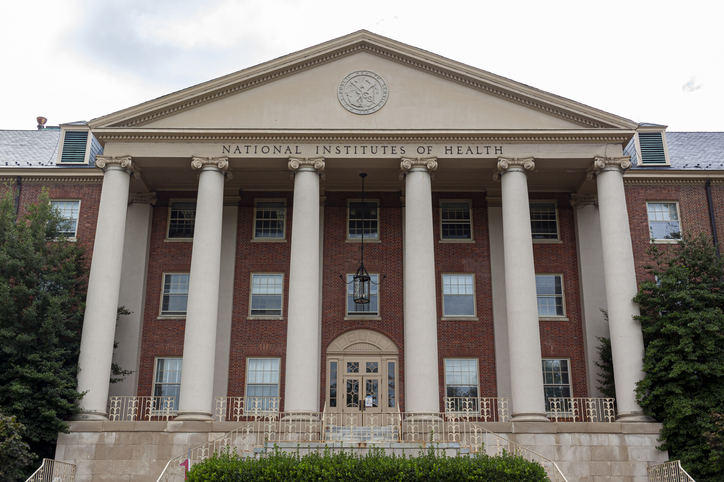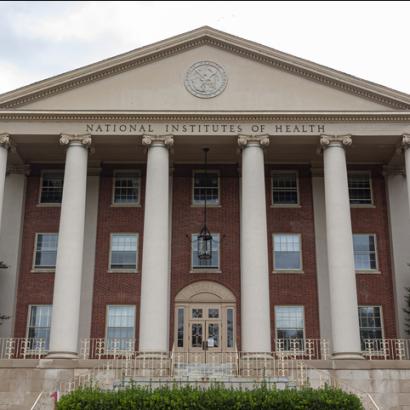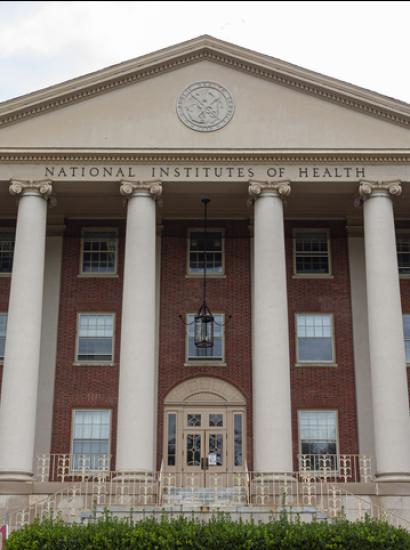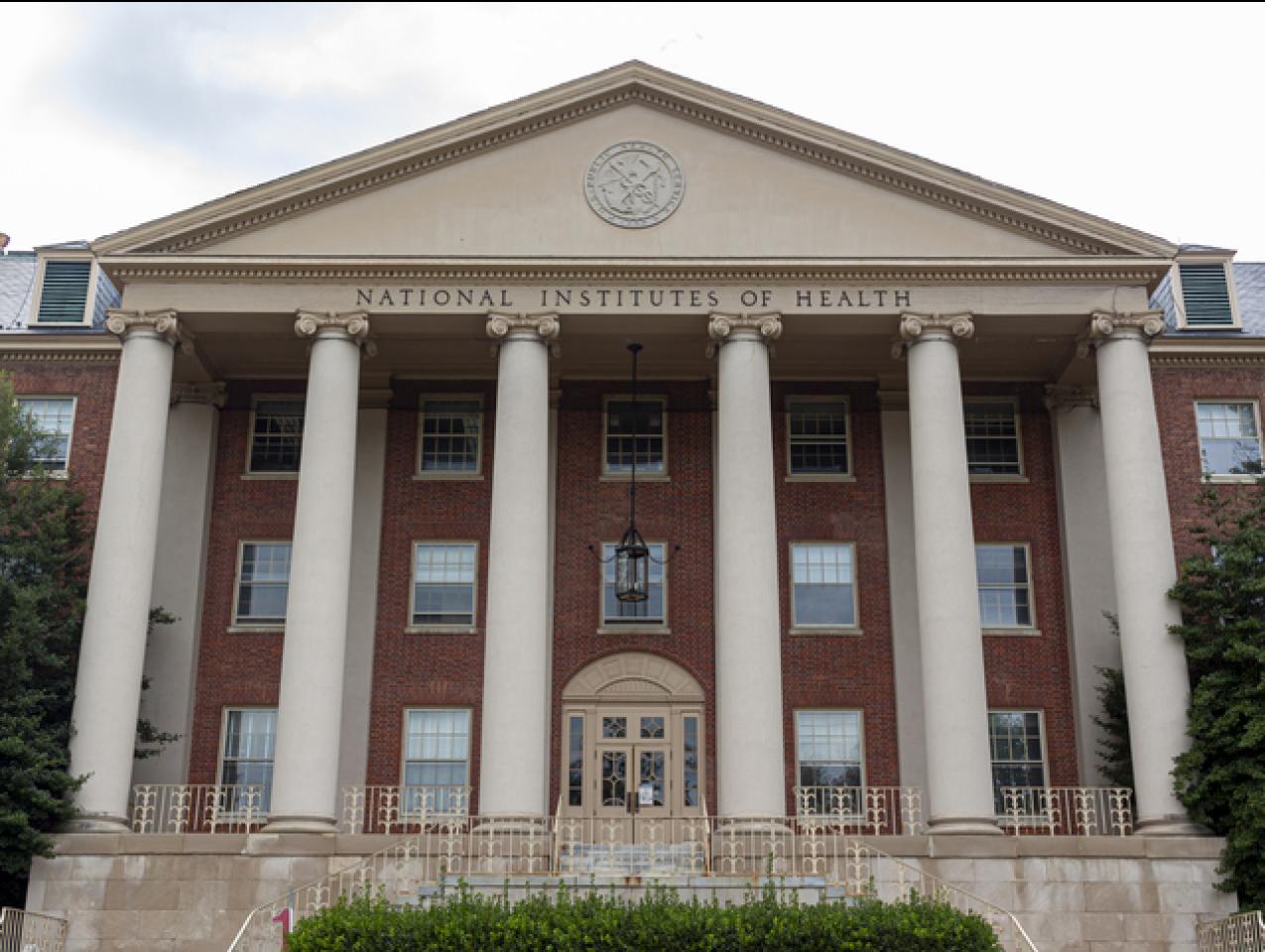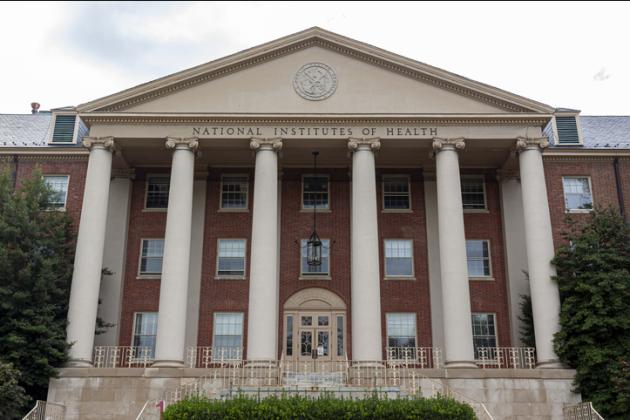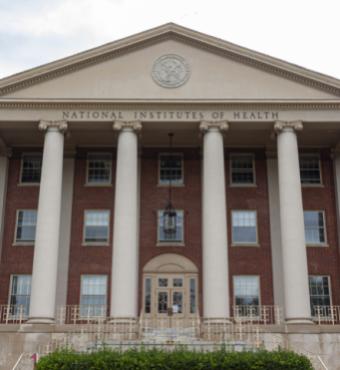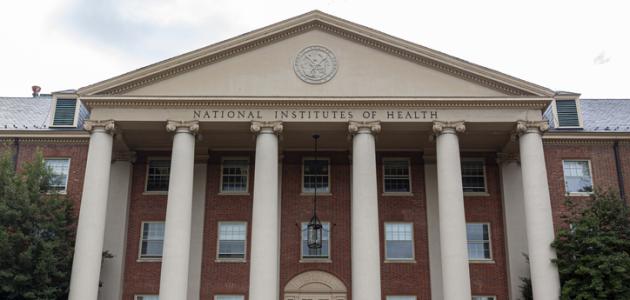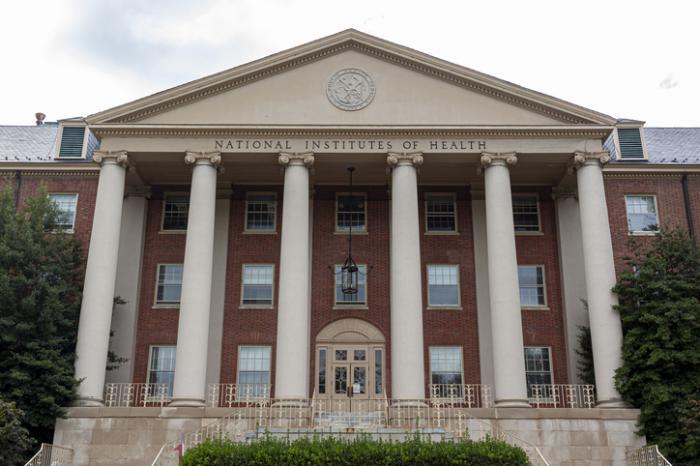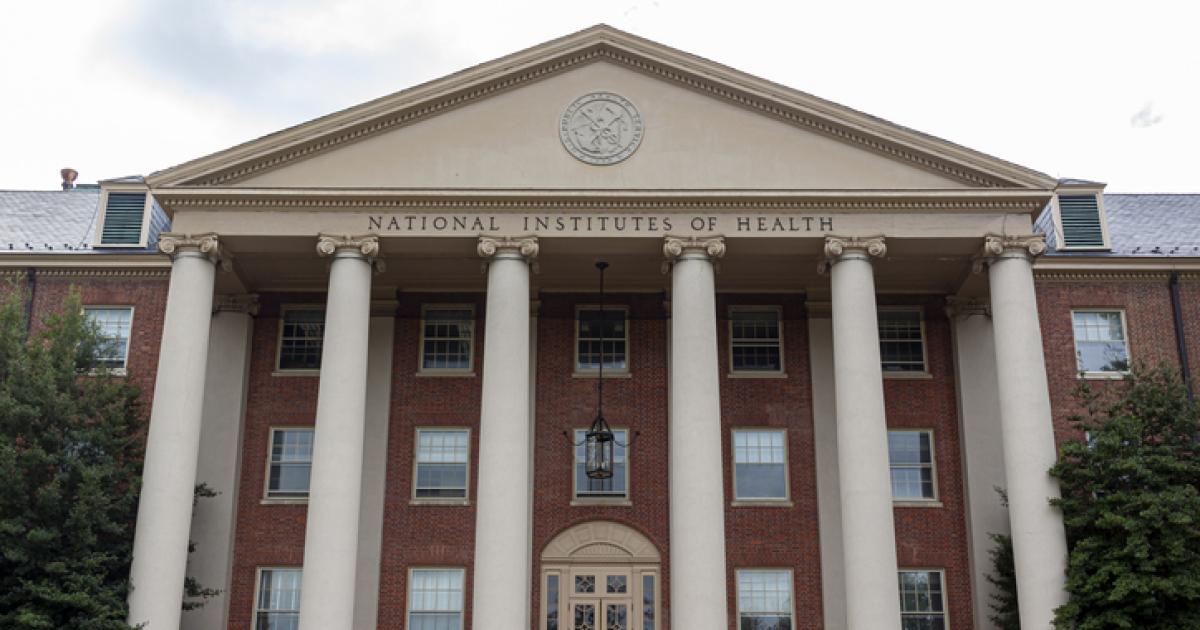- Health Care
- Science & Technology
- The Presidency
- Revitalizing American Institutions
In this excerpt from Uncommon Knowledge with Peter Robinson, Hoover fellow Jay Bhattacharya, newly appointed head of the National Institutes of Health (NIH), discusses COVID drama, research funding, and putting federal money where it does the most good. Watch the full interview here.
Peter Robinson: Here’s a paper published last year by the Center for Chronic Disease Prevention and Health Promotion. “An estimated 129 million people in the United States have at least one major chronic disease. That is, heart disease, cancer, diabetes, obesity, or hypertension. Five of the top ten leading causes of death in the United States are or are strongly associated with preventable and treatable chronic diseases. Over the past two decades, the prevalence of chronic disease has increased steadily, and this trend is expected to continue. About 90 percent of the annual $4.1 trillion health care expenditure is attributed to managing and treating chronic diseases.” So, I put it to you, Dr. Bhattacharya: over the past twenty years, the NIH alone has spent some $700 billion. And over the past twenty years, the American people have gotten sicker, not healthier. What’s going on?
Jay Bhattacharya: Let me just emphasize your point. Put an exclamation mark on it. Since 2012, between 2012 and 2019, there was no increase in American life expectancy.
I had grown up with this idea that modern medicine, science, was advancing our health. And the hallmark of that is year after year after year, life expectancy kept getting longer and longer and longer. But American children born today are not likely to live longer than their parents.
That is a scandal, because the mission of the NIH is to do research that improves the health and increases the longevity of the American people. In that sense, the NIH has failed in its mission. Europe, actually, has seen improvements in life expectancy over the same period. And 2020, of course—you remember what happened in 2020. But there was a huge drop in American life expectancy that didn’t come back up to 2019 levels until 2024.
There are still the ongoing, lingering problems with making kids miss up to two years of schooling. There’s a whole host of psychological damages we did to various populations.
What we did during COVID was a catastrophe. And that’s partly why I’m in this job, because I was trying to call out that catastrophe, the policy catastrophe, not the catastrophe of COVID.
But the point is that the job of the NIH is to do research that fixes the problems you just listed, that addresses those problems directly, and we have not done a good job of that. There have been a tremendous number of actual scientific advances, which I can point to, where the NIH made a large difference. We now have, I think, a cure for sickle cell anemia.
Peter Robinson: Fantastic.
Jay Bhattacharya: Huge advances. What we don’t have is a way to manage the colossal chronic-disease problem that Secretary Kennedy and President Trump have pointed to, and to use the NIH to solve a problem on the scale of heart disease. We don’t have a way to solve a problem the size of type 2 diabetes, obesity, autism.
Peter Robinson: And for sure, if we’re spending $50 billion a year on NIH, there ought to be something . . . I speak as a taxpayer; we ought to be getting something from this.
Jay Bhattacharya: Actually, if you look at the portfolio before I arrived, 15 percent of it was DEI initiatives. We should be spending the money on science that translates to improving the health and well-being of every American—minorities, no matter who you are. The NIH should be supporting research that advances your health. Ideological boondoggles don’t belong in the portfolio of the NIH and that’s something that, even before I arrived in office, the Trump administration worked to remove. And we’ve made some progress on that as well.
Peter Robinson: All right, now we come to what I imagine is in some ways your least favorite subject, which is money. How much should we spend, how much should we cut?
Actually, let me begin with a threshold question. Maybe I should have begun with this. NIH comprises, if I have it right, twenty-one institutes ranging from the National Institute of Biomedical Imaging and Bioengineering to the National Cancer Institute, six centers, twenty thousand employees, and an annual budget of $48 billion. That’s big.
On the other hand, American pharmaceutical companies employ even more people, and they have a combined annual research budget of $150 billion, three times as big as NIH. Why do we need NIH? Why don’t we just rely on the research that takes place in pharma companies? If we need more research, we can fund pharma and let them carry it out. What does NIH do that we cannot rely upon the private sector to do?
Jay Bhattacharya: I’ll make a really simple economic point. There are research projects that it is not in anyone’s financial interest on the private side to do because the ideas are not patentable. So, suppose it’s 1950, and you’re Cambridge University and you’re trying to figure out, should I fund Watson and Crick? Will their project on the structure of DNA being a double helix, will it make any money for me? And the answer is going to be no, as soon as they discover that DNA has this double helix structure, everyone can use it. It’s a common pool idea, fundamental, transformative; it utterly transforms biomedicine. The private companies have an interest in ideas that are patentable, can be protected, and you need licenses to use, that provide a return to their shareholders.
Peter Robinson: Yes, right.
Jay Bhattacharya: Whereas the NIH can and should and has funded projects that result in those kinds of common pool ideas that make the whole of science and biology better. That’s the primary reason for the existence of the NIH, in my view. From an economic perspective, it solves a market failure for promoting and supporting ideas that are common pool ideas of that sort.
Peter Robinson: And in this great, rich, noble democracy, that is a worthy use of public money.
Jay Bhattacharya: Yes, I think it’s among the most useful uses of public money if you compare it to some of the other things we spend our money on.
Peter Robinson: So, Jay, you sound like a man who loves the National Institutes of Health.
Jay Bhattacharya: I do love the NIH.
Peter Robinson: I mean, what kind of MAGA man are you? You love the institutions. You love the scientific project.
Jay Bhattacharya: The MAGA movement is not opposed to the NIH. It isn’t. What it’s opposed to is using and corrupting an institution that should do good for the public and instead becomes hijacked for ideological things and fails during crises like the pandemic. That might even potentially cause a pandemic or contributed to causing a pandemic. So, what the MAGA movement wants is not that we have zero government. What the MAGA movement wants is that the government work for the interests and, in this case, the health and well-being of regular people. That’s what the MAGA movement wants.
Peter Robinson: Do you feel comfortable in the Trump administration?
Jay Bhattacharya: I do. I’ve had conversations with President Trump and he’s curious about science. He wrote a letter to his main science adviser, Michael Kratsios, committing the United States to being the pre-eminent nation in the world in biomedical research in the twenty-first century. We’re competing with China, which has actually made tremendous advances using, by the way, American technologies. And it’s absolutely vital that we maintain that world leadership, and that is President Trump’s goal.
Peter Robinson: This is a different life for you. Are you enjoying it?
Jay Bhattacharya: I was a professor for a very long time. I really love that life. I’m here not for my own personal enjoyment, but for whatever reason I’ve been called to do this, Peter.
Peter Robinson: By the way, for the record, I’ve known you a long time and I’ve known boards you could have sat on and didn’t, and startups you could have joined and didn’t. In fact, it’s driven me mad that you didn’t take some of the money that was offered to you.
Jay Bhattacharya: I think that the point is that this is a once-in-a-lifetime opportunity to actually make the scientific institutions of this country work for the American people—and frankly, for the world—better than they have worked. How could I say no? So, it’s not about having fun. It’s about using whatever talent I have, which is not a lot, to advance that goal.
This interview was edited for length and clarity







